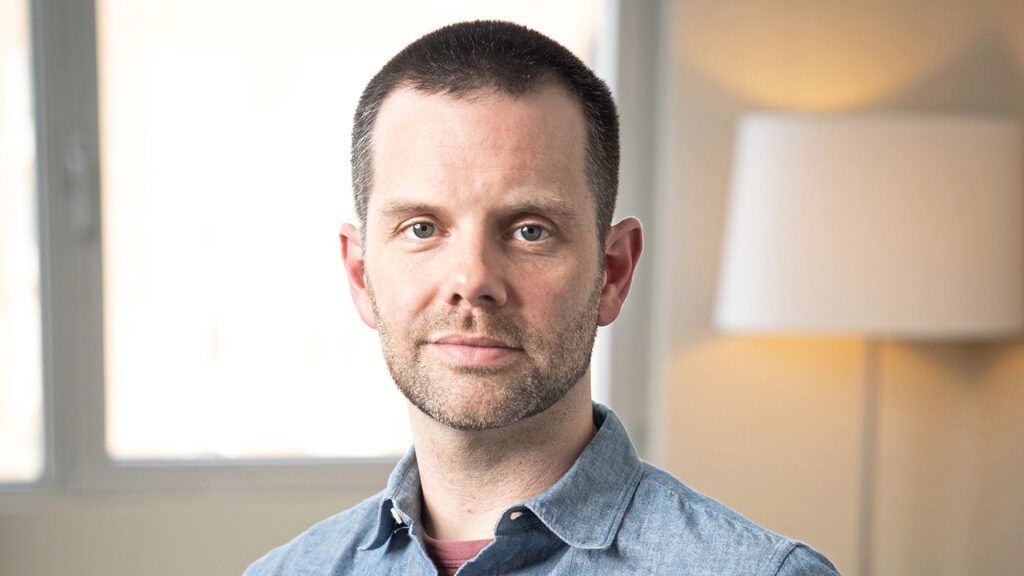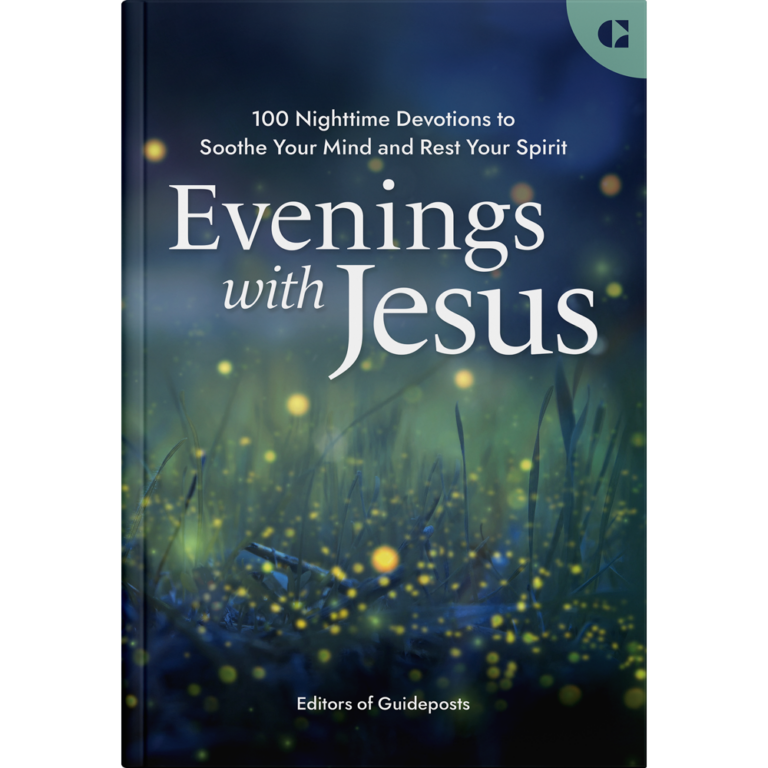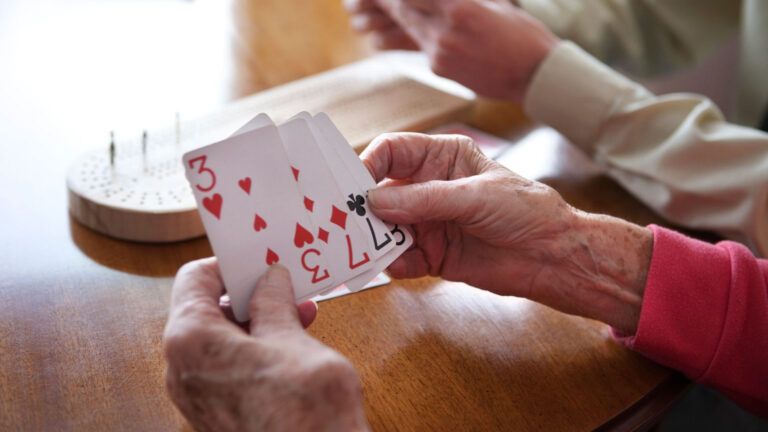My struggle with chronic pain began out of the blue. One gray December day, I woke up and couldn’t feel my hands. I wrung my arms, shook them violently. Held them under hot, then cold, water.
No sensation.
I’m a full-time writer whose typing hands pay the rent. Panicked and bewildered, I called my doctor. “Probably carpal tunnel syndrome,” she said.
The symptoms worsened. Prickly tingling crept up my arm and into my shoulders. The numbness became burning, aching, stabbing pain. Even my fingernails seemed to throb.
Nerve twitches began in my legs, arms, back and face. I couldn’t sleep and arose each day exhausted. I broke out in shingles. I suffered panic attacks. Random stressors—a crowd, a long line, everyday occurrences in New York—sent me fleeing.
Increasingly desperate, I sought out help from an army of health practitioners: orthopedists, neurologists, chiropractors, nutritionists and even a Hasidic Jewish healer.
My medication list grew as fast as my symptoms: anti-inflammatories, muscle relaxants, nerve pills, painkillers, antiepileptic drugs, sleeping pills, healthy doses of Lexapro and Xanax to stave off a nervous breakdown.
I broke down anyway. Pain assailed me every moment. I awoke to pain, worked with pain, dined with pain and fought for sleep in spite of pain. My routine fell apart. My social life disintegrated. I felt tormented and alone.
Even God seemed to abandon me. First I pleaded for help. Then I raged. Finally, still in pain, I gave up and figured God didn’t care. I mostly stopped praying, stopped going to church.
For a person who grew up the son of a prominent church leader and attended his first church service just three days after birth, I felt as if I had slammed into a sudden, cruel, inexplicable dead end. Sometimes I wished I were dead. That was three years ago. Today my pain is mostly gone. My relationship with God is restored. I write, publish books and travel to public speaking engagements as I did before. I am, you could say, healed.
Or is that the right word? Certainly it’s tempting to tell my story as a kind of miraculous healing. After all, that’s the kind of story a person of faith might gravitate to.
I see my experience differently. If there was a miracle, it was a miracle born out of struggle, despair, hard-won knowledge and a willingness to question everything I once thought true. Pain, I have learned, is a teacher. A hard teacher but sometimes a necessary one.
What did I learn from pain? The answer is difficult to put into words. That’s why I’m telling my story. In a way, the story is the lesson.
I actually began thinking about pain as a teacher when I was at my absolute lowest point. By that time, I’d been in pain for more than a year. I was with a friend, waiting in a pharmacy for yet another prescription.
“Do you think God is doing this to you?” my friend asked.
“I don’t know,” I said. “I hope not. All I know is that it feels as if pain is some kind of teacher. I just don’t know what the lesson is yet.” That was the hardest part, not knowing why this was happening or how I was going to get out of it.
I left that pharmacy more despondent than I had ever been. A short time later, I was visiting a friend who rented a room in his apartment to vacationers. A Portuguese woman renting the room happened to overhear me talking about my misery—pretty much all I ever talked about. “The same thing happened to me,” she said.
Surely not, I thought. The doctors had told me they’d never seen my array of symptoms and had no explanation.
“I was told I had fibromyalgia,” the woman said. “I was put on disability. I thought I’d never work again.”
“You’re not in pain anymore?” I asked.
“No,” she said. “And it’s thanks to a doctor right here in New York. His name is John Sarno. He writes about the connection between the mind and the body. You should try one of his books.”
Mind? Body? What was she talking about? I looked up this Dr. Sarno. He’d begun treating patients for back pain in the 1970s. He noticed that there was often no correlation between patients’ symptoms and the physical condition of their backs. Some had pain but no underlying physical problem. Others had slipped discs and other abnormalities but little pain.
One thing many of his patients did have in common: huge amounts of stress and unresolved emotional conflict. Sarno concluded that, at least in some cases, chronic pain can be caused by more than physical symptoms. Resolving problems in the mind sometimes resolves problems in the body.
I was raised in a very traditional, conservative wing of the church. Growing up, I was taught that when bad things happen to people, it’s often because they did something wrong and God is punishing them.
I was also taught that only crazy nonbelievers seek psychological therapy or any other nontraditional form of healing. “Faith and prayer are all you need,” I was told.
Dr. Sarno sounded like someone I would have been warned away from.
Well, I was desperate. I read one of his books. It felt like my autobiography. I made an appointment with one of his protegés. He diagnosed me with chronic pain stemming from unresolved psychological conflict. He recommended I see a therapist and reduce stress in my life.
Still skeptical, still desperate, I saw the therapist. To my surprise, I found myself weeping in her office and talking about all sorts of things that seemed to have nothing to do with the numbness in my hands or my inability to sleep or the pain that tortured me every day.
Over the course of many months, I told the therapist about the strictness of my upbringing. About the idea I’d absorbed that God is mercurial and wrathful, loving only those people who are perfect and follow the rules.
I told about the older boy in my neighborhood who sexually abused me.
I told about my struggle with intimacy.
The more I told, the more I began to see not only how much psychological pain had built up inside me over the years but also how frightened I was that maybe the pain was punishment from God or a sign that I was doing something wrong. Or, worst of all, a sign that God didn’t care and had turned his back on me.
The therapist recommended meditation to help reorient my nervous system. “Your brain is using physical pain as a way of coping with deeper emotional pain,” she said. Meditation was another thing I’d been warned away from while growing up. With the help of more reading, I realized Christians have been practicing a form of meditation for centuries.
It’s called contemplative prayer, sitting quietly in God’s presence rather than coming to him with a laundry list of requests.
I tried it. It felt strange at first. A bit boring and frustrating. Thoughts and fears clamored noisily as I sat. The more I did it, the more the clamor fell away and I felt myself surrounded by something I had never experienced before. A loving presence larger than my fretful mind. Larger than my pain. Larger than everything.
Last fall, I decided it was time to try putting all this treatment to the test. I flushed the remaining pain medication I was taking down the toilet. A friend who owned a house in the country offered to let me stay there for a month. There was no cell phone reception. No TV. Nothing to distract me.
I spent my days reading, walking, writing and sitting in prayer. I thought about everything the therapist had told me. I dove into painful experiences in my life, reimagining them as if I had not been helpless. I sat quietly with the God I was just beginning to know.
Who was this God? He was a God of love, not wrath. A God who did not demand perfection. A God who did not give up on me and never turned his back on anyone.
A God who always kept this central, defining promise to humanity: I am here.
When I returned to the city, my pain was almost entirely gone. I was psychologically and emotionally wrung out.
I had never felt more alive.
I don’t tell this story because I think all chronic pain is like mine. According to the Centers for Disease Control, up to four in 10 Americans suffer from some sort of chronic pain, and every one of those people has a story that’s unique.
The American medical system excels at treating conditions that can be tested, scanned and cured with drugs or surgery. Sometimes such treatment is necessary. Sometimes it’s worth exploring further. The mind, the body and the soul are closely intertwined. God is not a specialist. God sees, loves and is present with the whole person.
I hope I never have to take pain’s challenging class again. It was the most frightening, debilitating experience of my life.
And yet, as I regain my health, I am grateful for what I learned.
I learned how to pray again. I learned that, like everyone else, I experienced hard things growing up but that those things do not have to rule my life today. I learned to accept myself as I am and that I don’t have to be perfect to be loved.
God is perfect, not me. And God, I learned in the most important lesson of all, is always there. Always loving. Always beside me.
Doubtless I will know pain again as I get older. I am ready for it now. Walking with God, I know I will not be alone. And so I will not be afraid.
For more inspiring stories, subscribe to Guideposts magazine.






